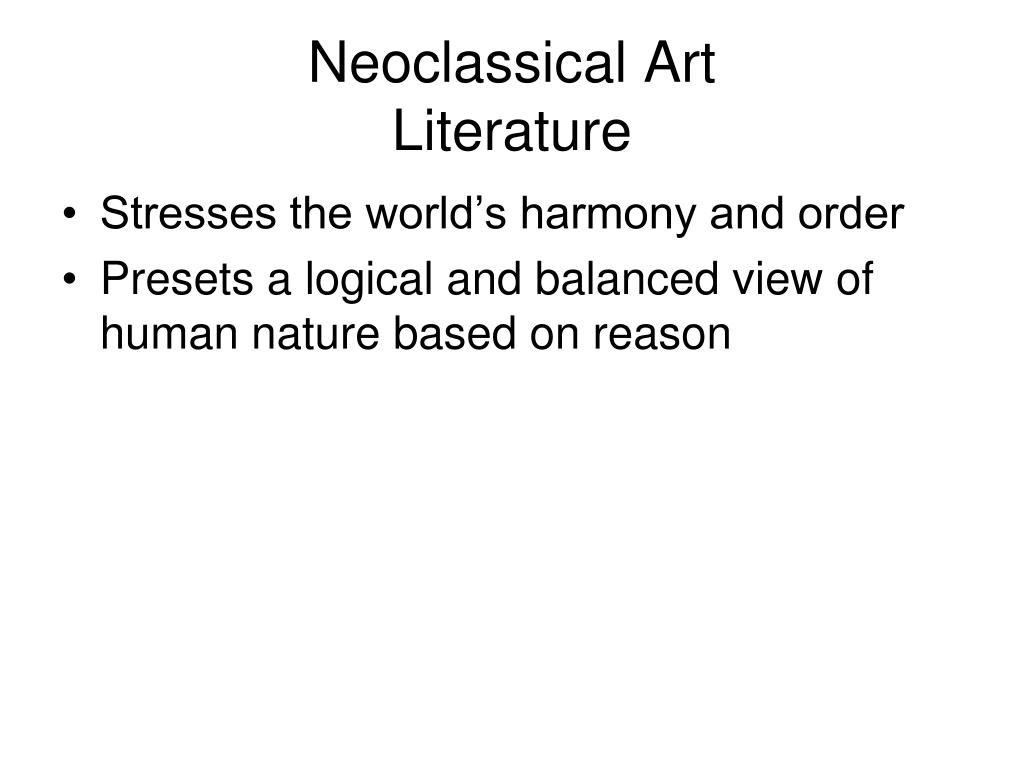


Rome and Paris were the major centres of neoclassical art production, and Antonio Canova and Jacques-Louis David were two great artists of this art movement.Īntonio Canova is the most important sculptor of Neoclassicism, whose refined statues embody the ideal beauty of the antique world. In addition to Pompeii and Herculaneum, other ancient sites were brought to light in that period, such as Villa Adriana (Hadrian’s Villa) in Tivoli, and many relics arrived in Europe from Greece and were displayed at new European museums such as the British Museumand the Louvre, for example.Īll that contributed to the diffusion of reproductions of classical art, and Pompeian style decorations become fashionable, as well. Therefore, the idea that Greek and Roman artistic perfection was the only form to imitate, in order to give an image of beauty and harmony back, spread. Winckelmann’s theory inserted into a thrilling historic period as regards artistic discoveries, because in 1783 the cities of Herculaneum and Pompeii were discovered, and they returned remains and antique artworks. The main theoretician of Neoclassicism was Johann Joachim Winckelmann, who was the instigator of the revival of the ideal beauty and imitation of classical antiquity. To define Neoclassicism, you have only to remind 3 elements: Greek and Roman classical art, balance of compositions and proportion. It’s not difficult to recognise a neoclassical artwork, because Neoclassicism was a movement characterized by distinguishing features and that spread rapidly all over Europe and arrived even in the New World. If we have to set a date for Neoclassicism, we can say that it began in the mid-18 th century and finished with the end of the Napoleonic Empire in 1815. Angelika Kauffmann, ritratto di Johann Joachim Winckelmann (1764).


 0 kommentar(er)
0 kommentar(er)
